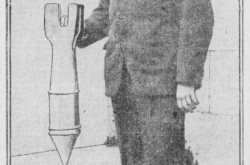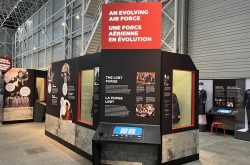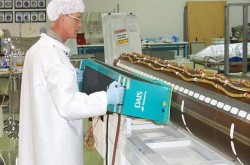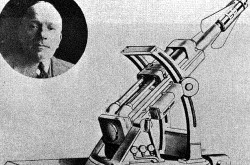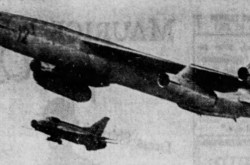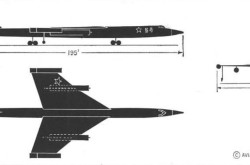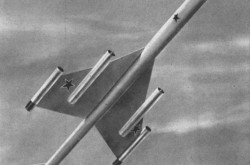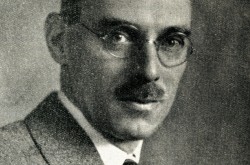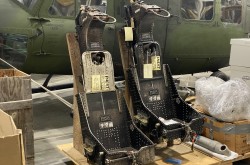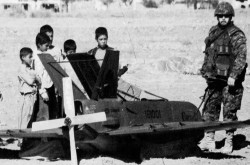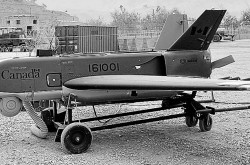Dr. Lawrence Bruce Robertson and blood transfusion in the trenches of World War I
This article was originally written and submitted as part of a Canada 150 Project, the Innovation Storybook, to crowdsource stories of Canadian innovation with partners across Canada. The content has since been migrated to Ingenium’s Channel, a digital hub featuring curated content related to science, technology and innovation.
As Canada celebrates 150 years we look back on Canadian innovations in transfusion medicine. A series of posts feature remarkable Canadian progress in transfusion medicine — past, present and future.
Modern Canadian blood banking and transfusion services can trace their origins to the trenches of World War I, thanks to the efforts of transfusion pioneer Dr. Lawrence Bruce Robertson. Robertson enlisted in the Canadian Army Medical Corps to support the British soldiers fighting in Europe. Along with his medical expertise, he brought modern transfusion knowledge from his postgraduate training in U.S. hospitals to the front line.
Robertson was born in Toronto. He graduated with a medical degree from the University of Toronto in 1909, interned at Toronto’s Hospital for Sick Children and then headed to Bellevue Hospital in New York City for further training. There, he learned a lot about new developments in transfusion medicine from American doctors who were leaders in the field. At the time, U.S. medical practice supported the theory that blood transfusion was a valid clinical treatment, even though the practice was hampered somewhat by an incomplete understanding of blood groups and the effect of incompatible transfusions. In New York, Robertson saw clinicians developing tools for transfusing whole blood from donor to patient more easily.
Blood collection and delivery, from donor to patient
Previously, transfusion practice required that blood be directly transfused from donor to patient to ensure continued flow: problems with blood clotting meant that the donor artery had to be surgically attached to the recipient vein. This cumbersome approach continued until clinicians introduced a cannula to link the vessels between donor and patient. From these surgical approaches, transfusion clinicians then developed methods that could measure transfused volumes, as well as avoid the need to perform complicated surgery. They used multiple syringes to quickly withdraw blood from the donor to transfuse into the patient. Other modifications included introducing a four-way stopcock into the flow line and flushing with saline to prevent clotting. In this way, multiple operators could very quickly withdraw larger amounts of whole blood to treat patients in need.
Written by Amanda Maxwell for Canadian Blood Services, with grateful thanks to Dr. Jacalyn Duffin, Queen’s University, Kingston, Ontario, for additional insights and materials.
Photo: L. Bruce Robertson beside Canadian Red Cross truck, ca. [1914-1918] L. Bruce Robertson fonds, F 1374, Archives of Ontario, I0050290 Copyright: Queen’s Printer for Ontario



![L. Bruce Robertson beside Canadian Red Cross truck, ca. [1914-1918] L. Bruce Robertson fonds, F 1374, Archives of Ontario, I0050290 Copyright: Queen’s Printer for Ontario](/sites/default/files/styles/large_1/public/2019-06/bruce_robertson_beside_canadian_red_0.png.webp?itok=yVUaKY7_)


